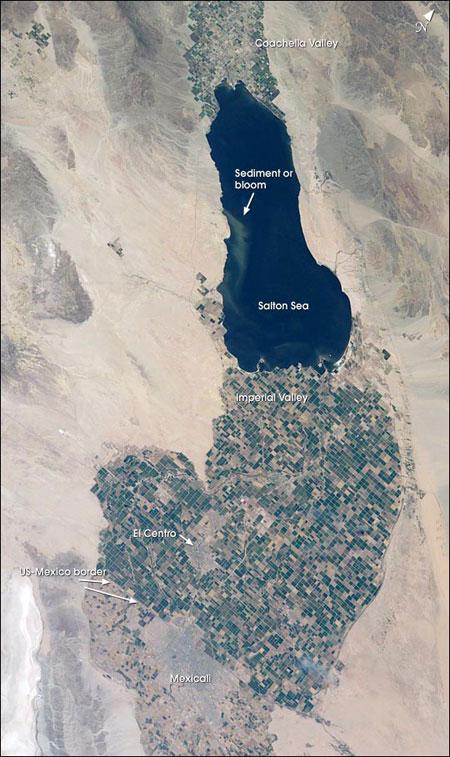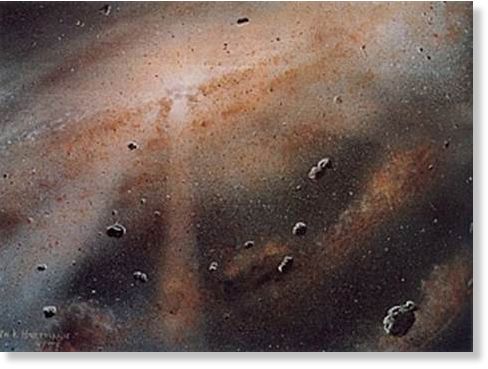
© Daily Galaxy
The circular patterns within the cosmic microwave background suggest that
space and time did not come into being at the Big Bang, but that our universe in fact continually cycles through a series of "aeons," according to University of Oxford theoretical physicist Roger Penrose, who says that data collected by NASA's WMAP satellite supports his idea of "conformal cyclic cosmology".
Penrose's finding runs directly counter to the widely accepted inflationary model of cosmology which states that the universe started from a point of infinite density known as the Big Bang about 13.7 billion years ago, expanded extremely rapidly for a fraction of a second and has continued to expand much more slowly ever since, during which time stars, planets and ultimately humans have emerged. That expansion is now believed to be accelerating due to a scientific X factor called dark energy and is expected to result in a cold, uniform, featureless universe.
Penrose, however, said Physics World, takes issue with the inflationary picture "and in particular believes it cannot account for the very low entropy state in which the universe was believed to have been born - an extremely high degree of order that made complex matter possible. He does not believe that space and time came into existence at the moment of the Big Bang but that the Big Bang was in fact just one in a series of many, with each big bang marking the start of a new "aeon" in the history of the universe."
The core concept in Penrose's theory is the idea that in the very distant future the universe will in one sense become very similar to how it was at the Big Bang. Penrose says that "at these points the shape, or geometry, of the universe was and will be very smooth, in contrast to its current very jagged form. This continuity of shape, he maintains, will allow a transition from the end of the current aeon, when the universe will have expanded to become infinitely large, to the start of the next, when it once again becomes infinitesimally small and explodes outwards from the next big bang. Crucially, he says, the entropy at this transition stage will be extremely low, because black holes, which destroy all information that they suck in, evaporate as the universe expands and in so doing remove entropy from the universe."


Comment: As prevalent in Astronomy circles nowadays, George Mason University scientists stumbled upon a somewhat correct concept, but since it is based on an erroneous premise, missed the mark, and reached the wrong conclusions.
From Planetary Alignments and the Solar Capacitor - Things are heatin' up! by Ryan X: